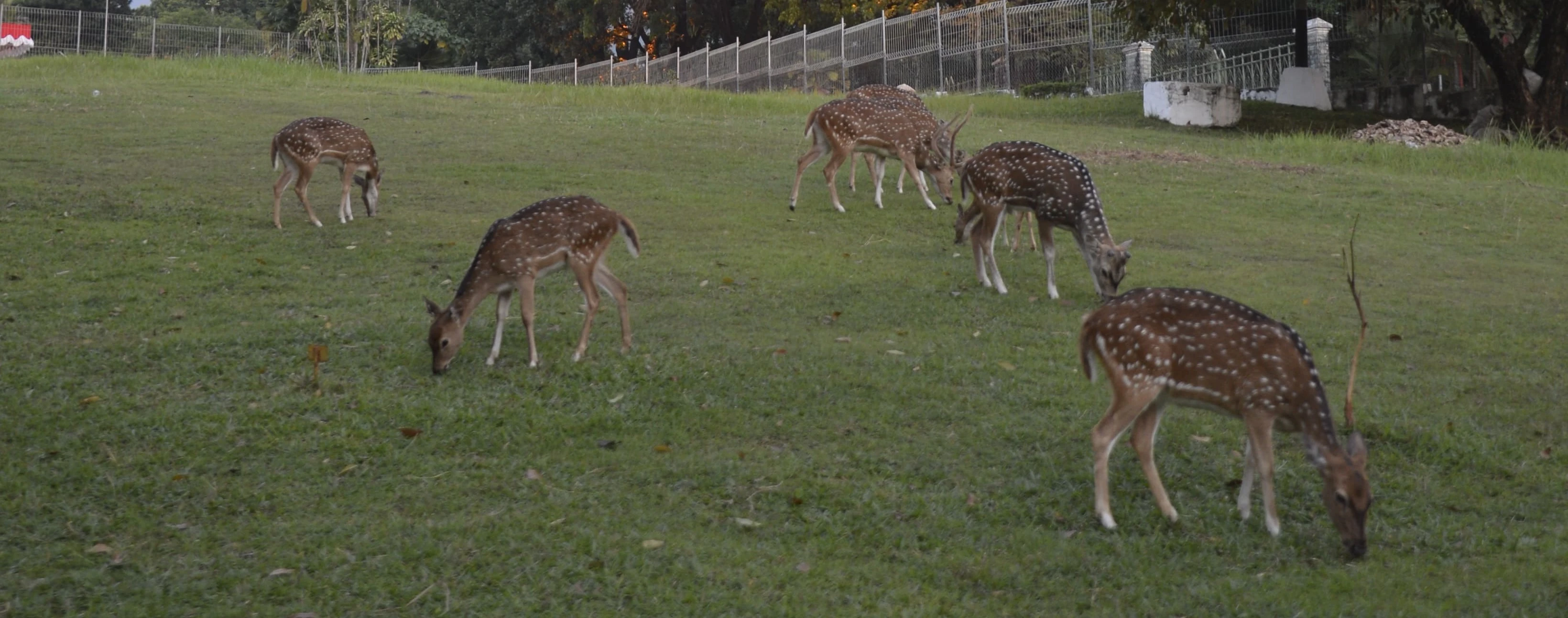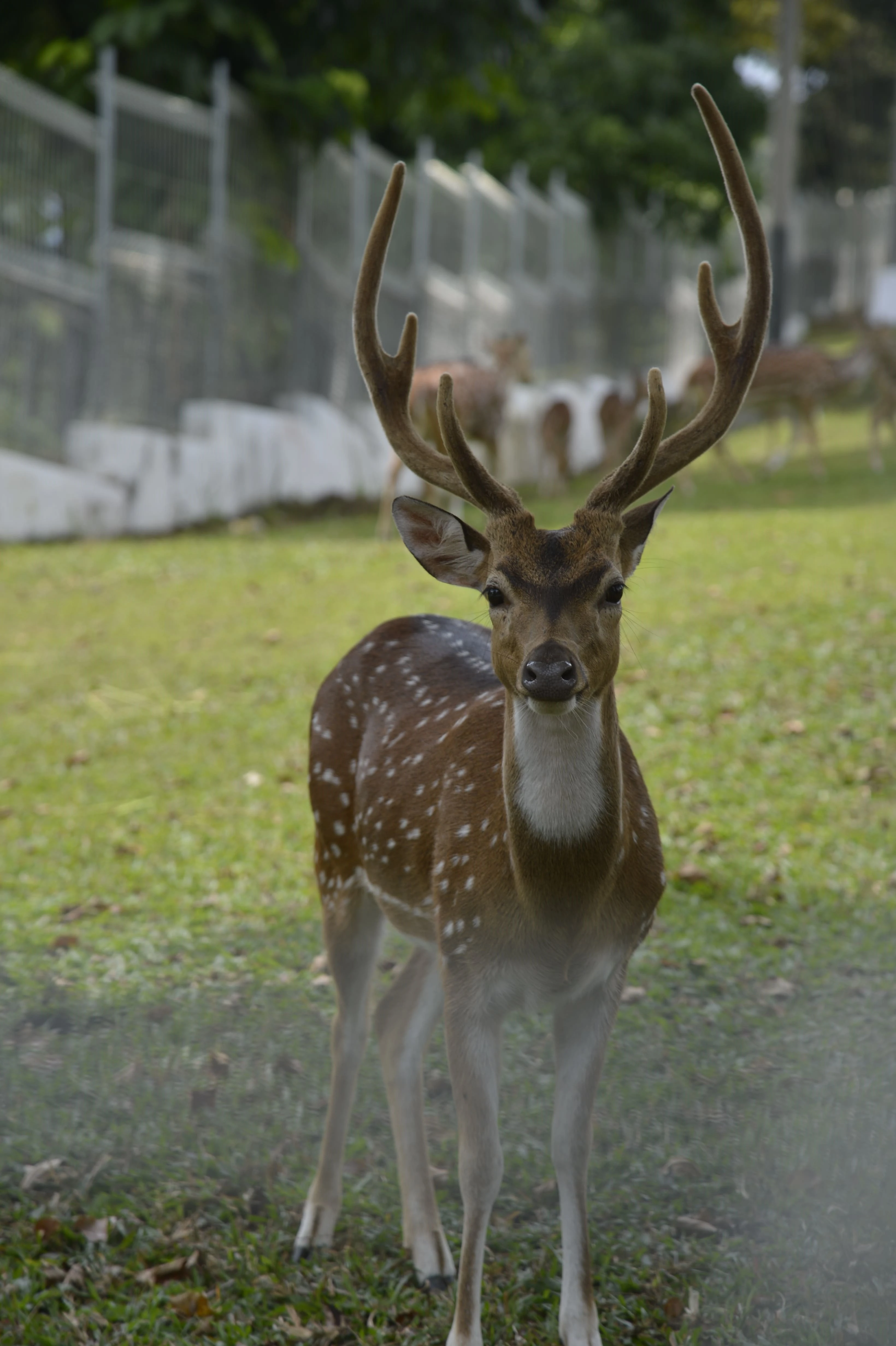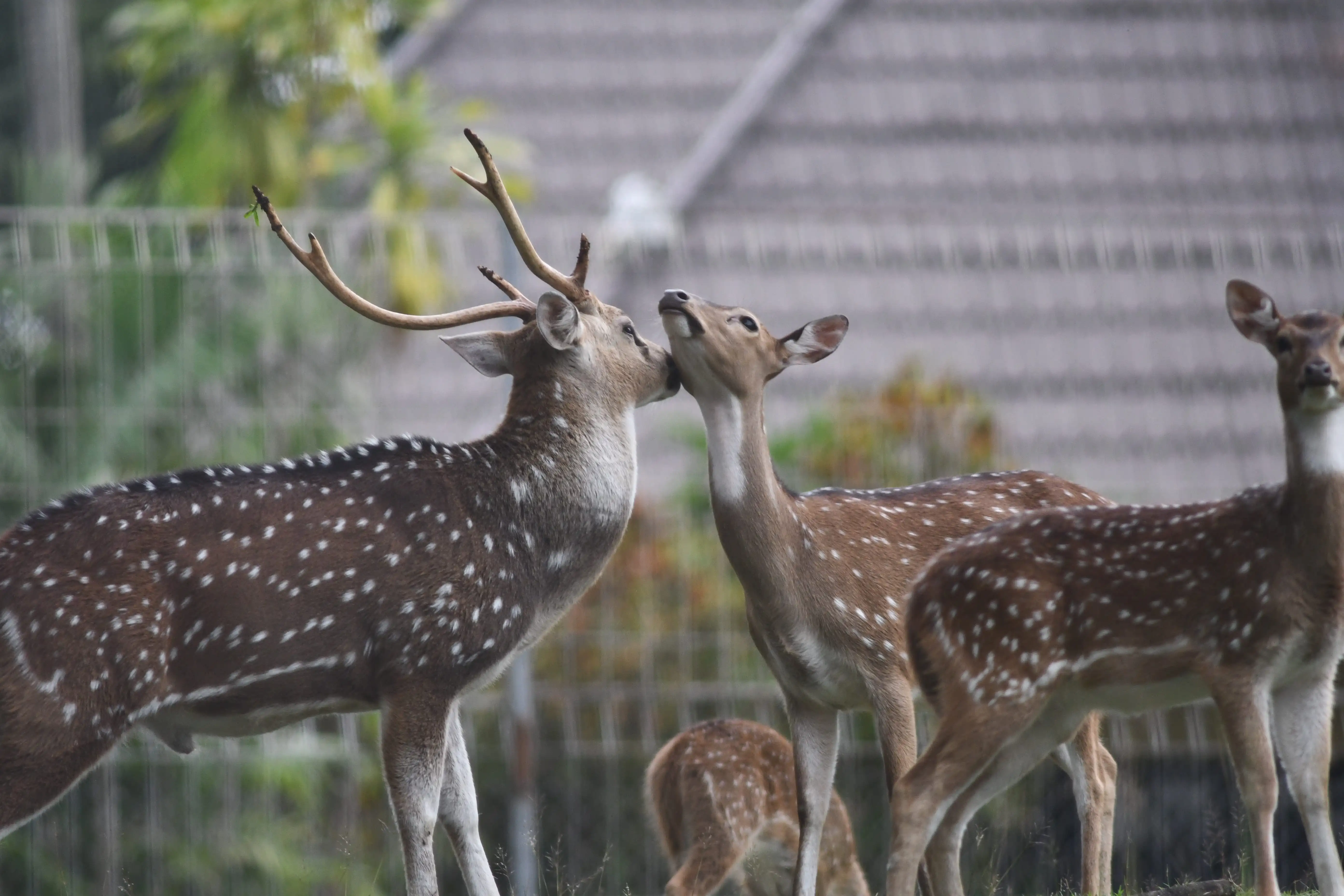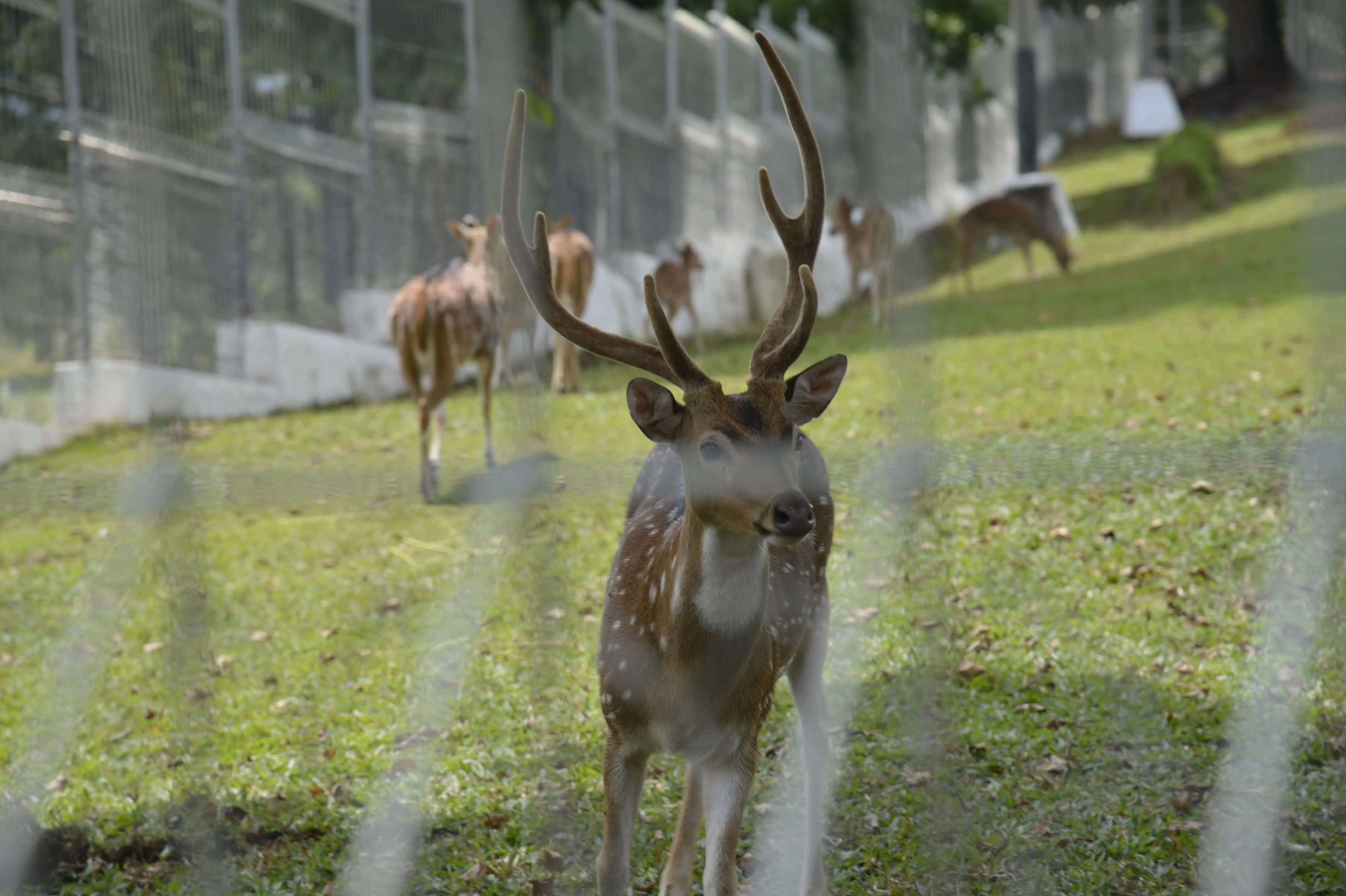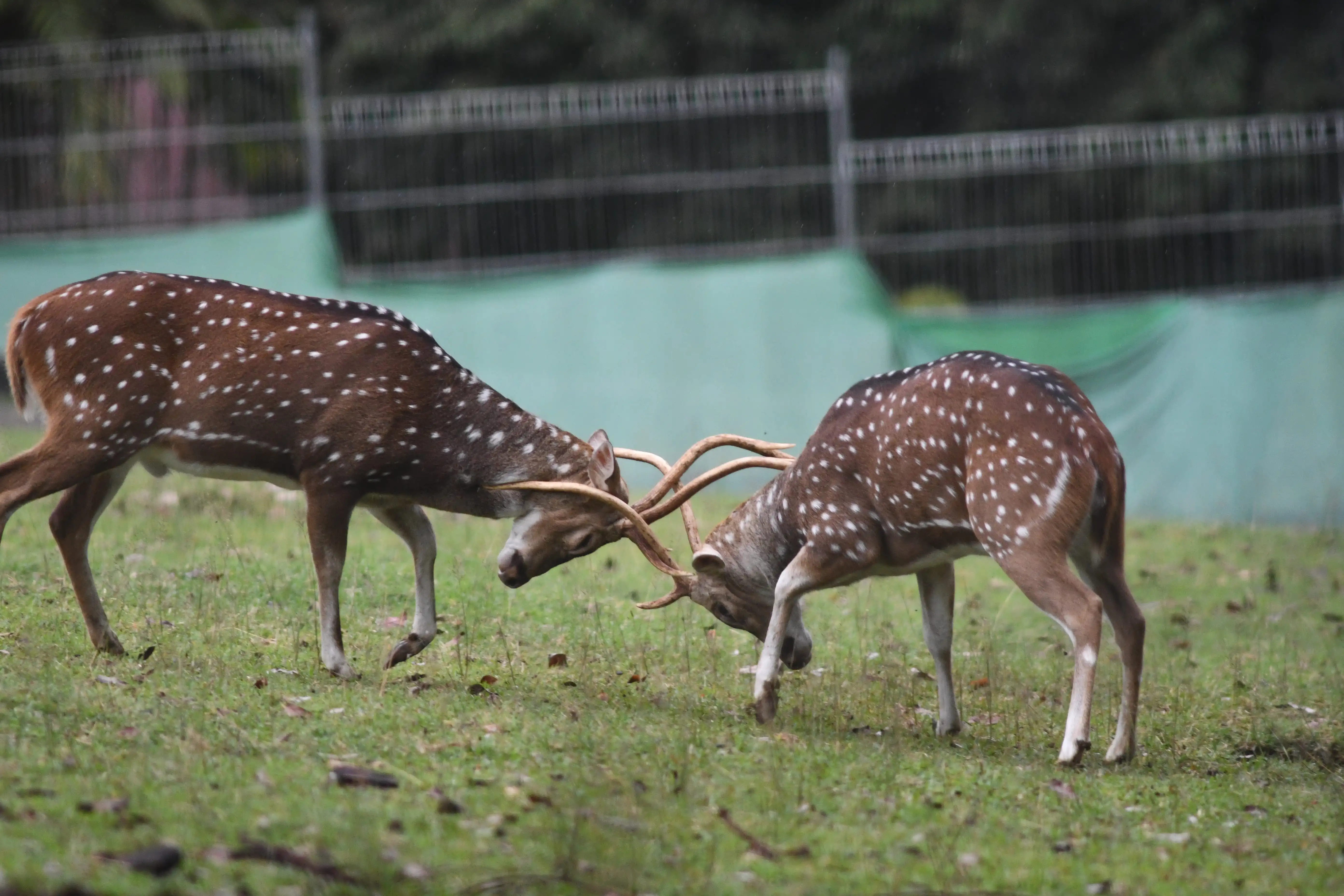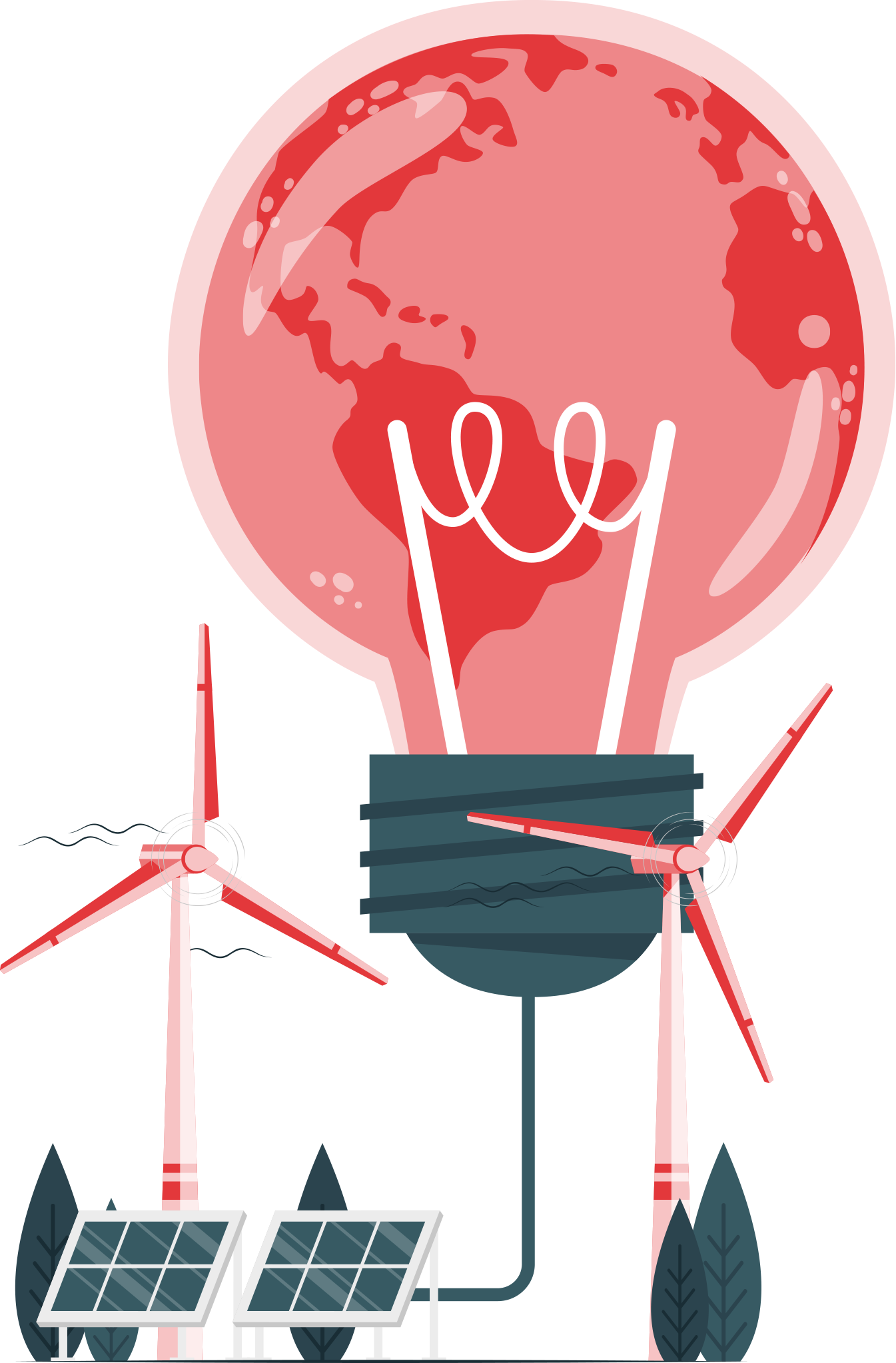- About Us
- Product
 Product
Product - Sustainability
 Sustainability
Sustainability - News & Information
 News & Information
News & Information - Marketing Office
- Career
- Contact Us
ENG
IND
Sustainability
Biodiversity
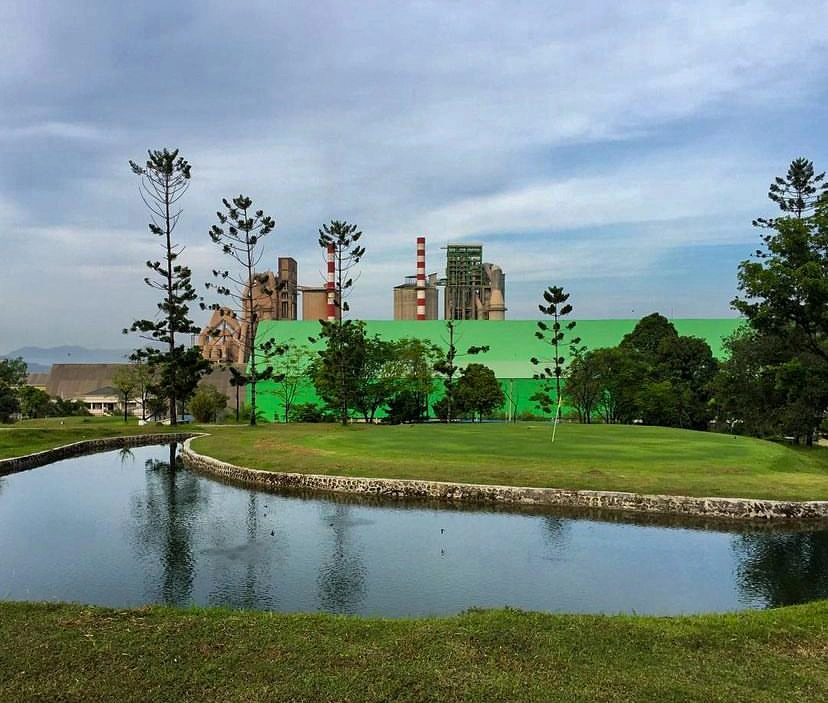
The Kehati Park PT Semen Padang
'The Kehati Park' area PT Semen Padang is a reclaimed land from former clay mining operations. Clay is one
of the raw materials used in cement production, accounting for approximately 10% of the total raw materials.
Administratively, the Indarung Reclamation Park is located in the Indarung Village, Lubuk Kilangan District,
Padang City, at an elevation of around 200 meters above sea level. The air temperature ranges from 21.41-32.50
°C, with an average annual rainfall of 3,684 mm and an average of 110 rainy days per year.
The Kehati Park area covers approximately 48 hectares and has been reclaimed since 1993 to be used as a golf
course. However, the function of this reclamation park is not only as a golfing facility but also serves as a
conservation area for plants and animals. Some parts of the golf course are planted with various types of vegetation,
while others grow naturally.
Based on research conducted on the flora and fauna in the Kehati Park area in 2022, there are
380 species of flora/plants and 58 species of fauna.
| Num | Family | Genus | Area | Protected |
|---|---|---|---|---|
| 1 | Araceae | Amarphopalus paenoniifolius (Dennst.) Nicolson |
- | IUCN Red List |
| 2 | Araceae | Cyrtostachys renda BI | Palem Merah | PP No.7 Tahun 1999 |
| 3 | Cyatheaceae | Cyathea sp. | Paku Tiang | CITES red list |
| 4 | Cyatheaceae | Cycas rumphii Miq. | Pakis Haji | CITES red list |
| 5 | Nepenthaceae | Nepenthes mirabilis | Kantong Barua | PP No.7 Tahun (Lour.) Druce 1999 |
| 6 | Meliaceae | Swietenia macrophylla King | Mahoni | CITES Appendix II |
| 7 | Meliaceae | Swietenia mahagoni (L.) Jacq. | Mahoni | CITES Appendix II |
| 8 | Orchidaceae | Dendrobiumcrumenatum Sw | Anggrek Merpati | CITES Appendix I |
| 9 | Taxaceae | Taxus sumatrana (Miquel) de Laub. | - | CITES Appendix II |
To learn more about biodiversity, click here
Conservation of Endemic Bilih Fish in Lake Singkarak
The development of the Bilih Fish Conservation program (Mystacoleusus Padangensis Blkr) endemic to Lake Singkarak, with the establishment of a Spawning Area in the PT Semen Padang area, originated from within PT Semen Padang. The innovation idea arose from concerns about the potential extinction of the bilih fish, which is the only species of its kind in the world. Therefore, the program aims to prevent the depletion of fish resources due to overfishing and habitat changes, preserve the genetic purity of the organism's biota, and maintain the balance and stability of the aquatic ecosystem as a habitat for these organisms.

This innovation was first implemented in Indonesia in the Cement Industry Sector or according to the Best Practices
Magazine of the Cement Sector PROPER Period 2021-2022, it has not been implemented in the same sector before, and it
has obtained a Simple Patent Certificate with No. IDS000003926. This innovation falls under the category of Sub-System
Changes because the bilih fish conservation program is used as an educational tool by academics (students). Activities
in bilih fish conservation, particularly in the spawning process, are carried out in the bilih fish laboratory,
involving students
The condition before the program: The river within the PT Semen Padang area was simply a natural watercourse
without any utilization. The condition after the program: Introduction of bilih fish germplasm into the river
ecosystem within the PT Semen Padang area. The bilih fish undergo acclimatization in tanks before being released
into the river, aiming to adapt them to the water quality parameters of the river. The Environmental Impact
produced is a protection of biodiversity in 2022 amounting to 10,751 fishes within a 0.5-hectare conservation area.
The value of this innovation for producers/companies is a Sub-System Change regarding the effective functioning of
the river/water bodies within the PT Semen Padang complex, enabling effective in situ conservation to provide a
new ecosystem for bilih fish. PT Semen Padang has successfully fulfilled the hope that bilih fish germplasm can
grow and reproduce in a new habitat, in addition to their original habitat in Lake Singkarak. This innovation
benefits consumers/third parties (local communit) by increasing the number of successfully spawned bilih fish,
thereby contributing to the local economy around Lake Singkarak as the spawned bilih fish will be reintroduced
into Lake Singkarak.
Sustainability



